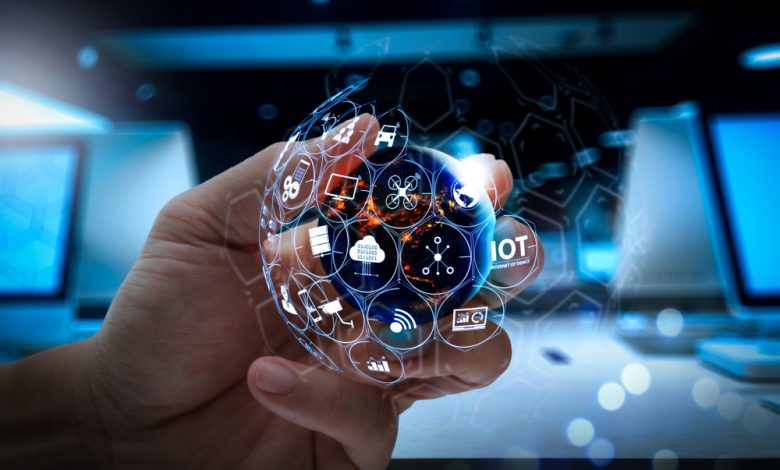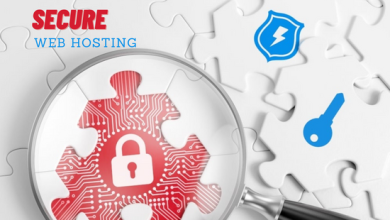
AI and IoT: Prior to the introduction of self-driving robots and drones, James Cameron captivated the world with his introduction of “Skynet,” which is based on a futuristic artificial superintelligence form of machine network that can replace humans with robots. The concept of Artificial Intelligence has paved the way for more research and interest among scientists and the general public as a result of this film.
There are numerous applications for IoT; it is used to create smart devices, apps, wearables, smart vehicles, and smart cities, among other things.
As an IoT development company in Noida, we believe AI and IoT have paved the way for smarter human-machine communication, business, and interactions. The emergence of the Internet of Things and AI accelerates the development and durability of each other’s applications.
How AI and IoT came together: The merger story
IoT collects a large amount of data in various devices and machines through internet connectivity, whereas AI focuses on powerful mechanisms and machine learning, as well as data assimilating, calculation, and evaluation. Machine learning, which is based on AI, is also used in IoT devices to detect patterns and various malfunctions and faults in data collection via extremely high and advanced sensors.
This is also why the demand for IoT in the IT sector market is steadily increasing alongside AI. Since scientists have been researching it to date, there is no limit to its application, so companies want to use it to its full potential and build their business models around it, releasing their full potential to the world. Previously, various types of cyber hacks were common, but this process has increased cyberattack surveillance, and cybersecurity software is more closely checked and has become more efficient and stronger.
The Benefits of AI and IoT
Together, AI and IoT are an unstoppable source of technology, with numerous benefits for business advancement.
Data collection, dissemination, formulation, and processing based on perceptions:
Data collection has always played an important role in the growth and development of a business model. AI, on the other hand, allows the user to access and manipulate data information. Devices that use IoT technology have a unique mechanism for tracking, recording, and observing any user’s interaction with the data that is collected for a better consumer experience.
Downtime removal:
Big manufacturing industries, such as oil and ga manufacturing organizations, use heavy types of machinery that can suffer certain breakdowns and malfunctions during regular use, resulting in a huge amount of loss in their business. A study found that a 20-50% reduction in time for maintenance work, a 5-10% reduction in maintenance billing, and a 10-20% increase in equipment availability and updated machinery can all lead to a huge amount of loss in their business.
Creating and Improving Security Measures:
With the rise in cybercrime, the security and safety of data has become one of the company’s top priorities for a successful business. IoT powered by AI enables various businesses to acquire machine-to-machine communication in order to detect the threat of any type of cybercrime and provide automated responses to hackers.
Enhanced operational efficiency through automation:
IoT models based on AI models provide a smooth and streamlined flow of the business model. Investing money in a company for an IoT-based platform has become a necessity in today’s competitive world of technologies and providing insights into redundant and time-consuming activities.
Aids in the processing of business analysis:
In today’s world, a business model must strike a balance between demand and supply. Thus, the AI platform has improved inventory management and has reduced stock pressure, which helps the business model by making precautionary reminders for restocking items when they have depleted significantly. This demonstrates the significance of IoT-based AI models, which play an important role in the stocking and restocking of data handling items in various types of projects.
Improved risk management:
We previously discussed how AI and IoT have aided in the protection of the data in the file against cybersecurity. When it comes to risk management, it leads to personal loss, financial loss, and cyber threats and provides prompt responses to avoid a situation.
Possibility of new and improved products and services:
Natural Language Processing (NLP) technology has paved the way for data transmission between humans and devices, with the goal of improving communication through speech. Rolls Royce automated cars and other smart devices are examples of AI-powered IoT use cases.
Examples of IoT and AI merged miracles
Let us look at a few real-world examples to demonstrate how artificial intelligence and IoT are assisting in the development of new business models.
Wearables
Wearables in the healthcare industry use AI to improve people’s quality of life in a variety of ways. Take, for example, AI-powered diabetic eye disease detection developed by Google Brain researchers. Fitness trackers, smartwatches, wearable panic buttons, remote monitoring systems, GPS trackers, and music systems are just a few of the popular examples of wearables that contribute significantly to the IoT ecosystem.
Home Automation
Smart Homes collect and analyze data using AI and Internet of Things (IoT) devices such as connected sensors, lights, and meters. This information is used to make better use of home infrastructure, utilities, and other resources in order to make daily life easier and more efficient.
Self-driving Cars
Artificial Intelligence for Self-Driving Car Safety Before AI takes over the driving seat entirely, it is being used as a co-pilot to gain the trust of users, regulators, and manufacturers. By analyzing data feeds from its sensors, AI can be useful in situations where human drivers are prone to making mistakes.
Amazon Go
Amazon, a multi-national billionaire company, has deployed an IoT-based platform based on artificial intelligence (AI) and cameras in a new format brick-and-mortar store that does away with checkouts and replaces them with user-machine communication. The store, dubbed Amazon Go, allows customers to use their phones to make purchases with Amazon’s Go app and facilitates more convenient communication between users and the app.
Healthcare
These are the key steps that enable the smart and efficient application of AI algorithms in IoT devices: tracking (collection), monitoring (analysis), control, optimization (training), and automation (modeling, predicting).




